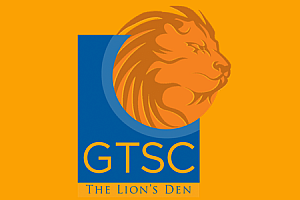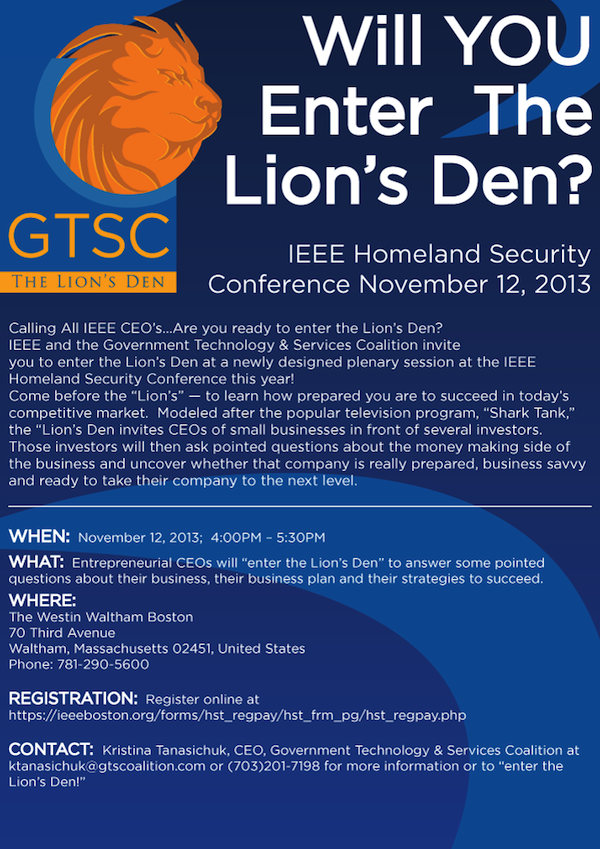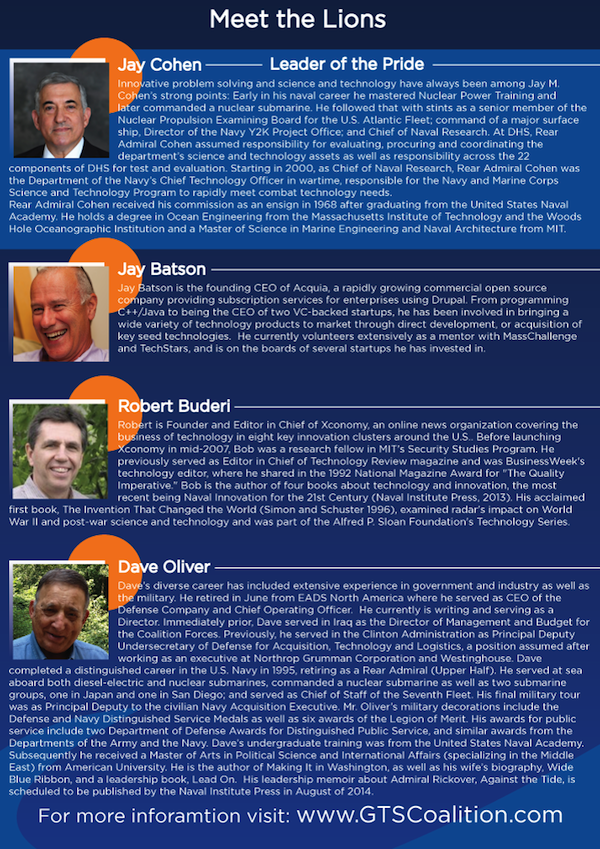4/8 Mentor Session with BDO
Public sector entities are facing challenging times. Achieving agency missions has become increasingly difficult, population dynamics and constituencies are changing dramatically, the workforce is undergoing unprecedented transition, and government leaders need to accomplish more with significantly reduced budgets. Adding to the challenge, in an environment of 24-7 media coverage, even the most difficult decisions made in good faith can be immediately broadcast to a global audience, making even the most seasoned government executives uncertain about how to successfully lead their organizations to accomplish multiple objectives.
Having led government departments and agencies, BDO’s Public Sector practice leaders understand this unique environment. They bring to bear this experience, combined with commercial best practices, to help you address a wide range of challenges. At a time when government leaders need independent, objective support, BDO stands ready with proactive guidance and perspective. We assist government leaders and program managers in navigating what can be a tumultuous landscape by developing strategies to improve program efficiency and effectiveness, identifying organizational risk, ensuring efficient use of resources, and mapping and implementing plans for linking organizational policies with program and contract requirements.
Beyond traditional audit, tax and consulting work, BDO helps our government clients with a comprehensive array of services including organizational strategies, fraud detection and prevention, program evaluation and litigation support. Wherever government entities operate, our professionals provide swift resolution of technical issues and questions through partner-led client service teams, direct access to technical leaders, and the resources of our global network in more than 100 countries.
About our speaker:
 Chuck Wolverton, Director, Federal Practive, BDO
Chuck Wolverton, Director, Federal Practive, BDO
A management consultant and certified Project Management Professional (PMP) with a Masters in Business Administration (MBA) and a Top Secret clearance, with broad experience in the areas of strategic planning, operations, transformation and change, communications, executive facilitation, and program management. Mr. Wolverton will join GTSC to discuss BDO, one of the largest professional services firms in the country. Mr. Wolverton will discuss the firm’s Federal practice, their strategy in the market, how they add value to the mission of their Federal partners and opportunities they see in the near future. Mr. Wolverton will also discuss partnership with small business, their small business goals and what they look for in small business partners.
About GTSC’s Mentor Companies
The Government Technology & Services Coalition’s (GTSC) Mentor companies understand how critical a robust, successful homeland and national security market is to our nation’s security. Together with our members, these firms are committed to bringing the innovation, ideas and agility of small business to the experience, infrastructure and resources of large companies. GTSC mentors join us to provide advice and counsel to small and mid-sized companies, find new and innovative teaming partners, address challenges in the prime/subcontractor relationship in a neutral environment and improve mentor/protégé communication and success. Both our large and small companies recognize that the best security for our citizens – both physically and economically — is derived from the ability of our markets to meet the challenges posed by terrorism, natural disasters, and criminal activity.



 Jim McCarthy’s career spans 30 years of marketing strategy creation, proposal development, and oral presentation coaching to contractors seeking to expand their market shares or to enter the government contracts market sector. As President and co-founder of American Operations Corporation (AOC), and Principal Owner and Technical Director of AOC Key Solutions Inc. (KSI), he has built an organization that supports an average of $3.4 billion per year in client wins.
Jim McCarthy’s career spans 30 years of marketing strategy creation, proposal development, and oral presentation coaching to contractors seeking to expand their market shares or to enter the government contracts market sector. As President and co-founder of American Operations Corporation (AOC), and Principal Owner and Technical Director of AOC Key Solutions Inc. (KSI), he has built an organization that supports an average of $3.4 billion per year in client wins.

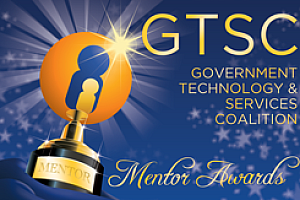

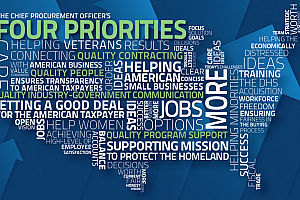
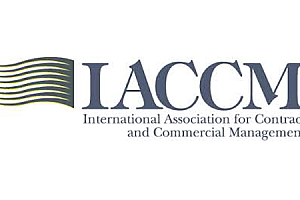

 Keynote: Dr. David A. Honey, Director for Science & Technology, Assistant Deputy Director of National Intelligence for Science & Technology, ODNI
Keynote: Dr. David A. Honey, Director for Science & Technology, Assistant Deputy Director of National Intelligence for Science & Technology, ODNI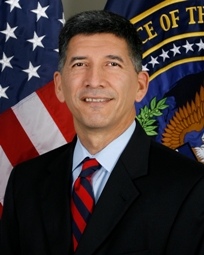 Keynote: Frank Montoya, Jr., Counterintelligence Executive, Office of the National Counterintelligence Executive (ONCIX)
Keynote: Frank Montoya, Jr., Counterintelligence Executive, Office of the National Counterintelligence Executive (ONCIX)  Joan McCarroll, Director, Systems Engineering and Integration (SE&I) Center of Excellence
Joan McCarroll, Director, Systems Engineering and Integration (SE&I) Center of Excellence Kathy Mills, Corporate Security Officer/Security Director, CENTRA Technology, Inc.
Kathy Mills, Corporate Security Officer/Security Director, CENTRA Technology, Inc.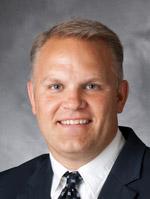 Randy Trzeciak Senior Member of the Technical Staff, Software Engineering Institute’s (SEI), CERT, Carnegie Mellon University
Randy Trzeciak Senior Member of the Technical Staff, Software Engineering Institute’s (SEI), CERT, Carnegie Mellon University

 About Mr. Sacco
About Mr. Sacco

